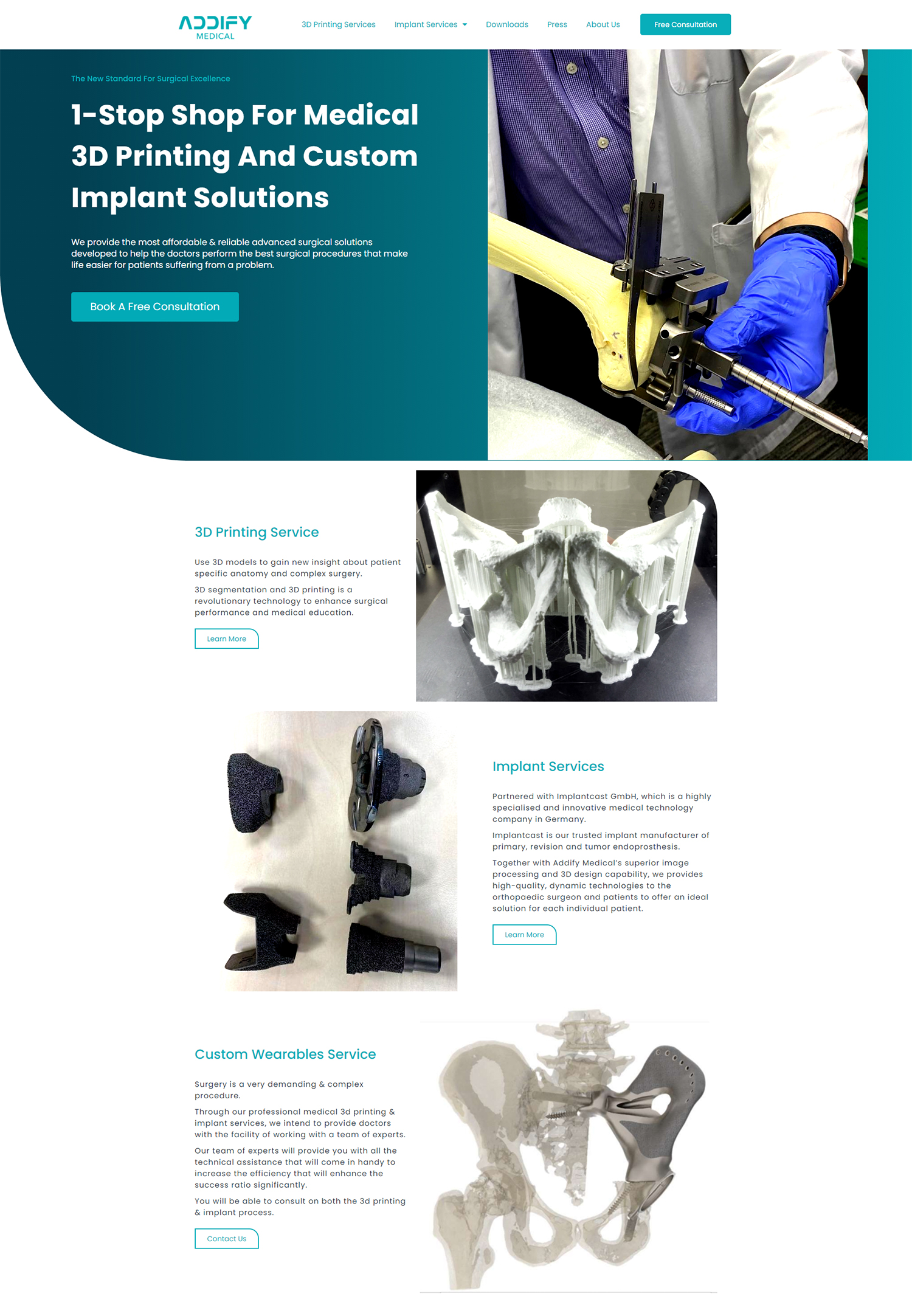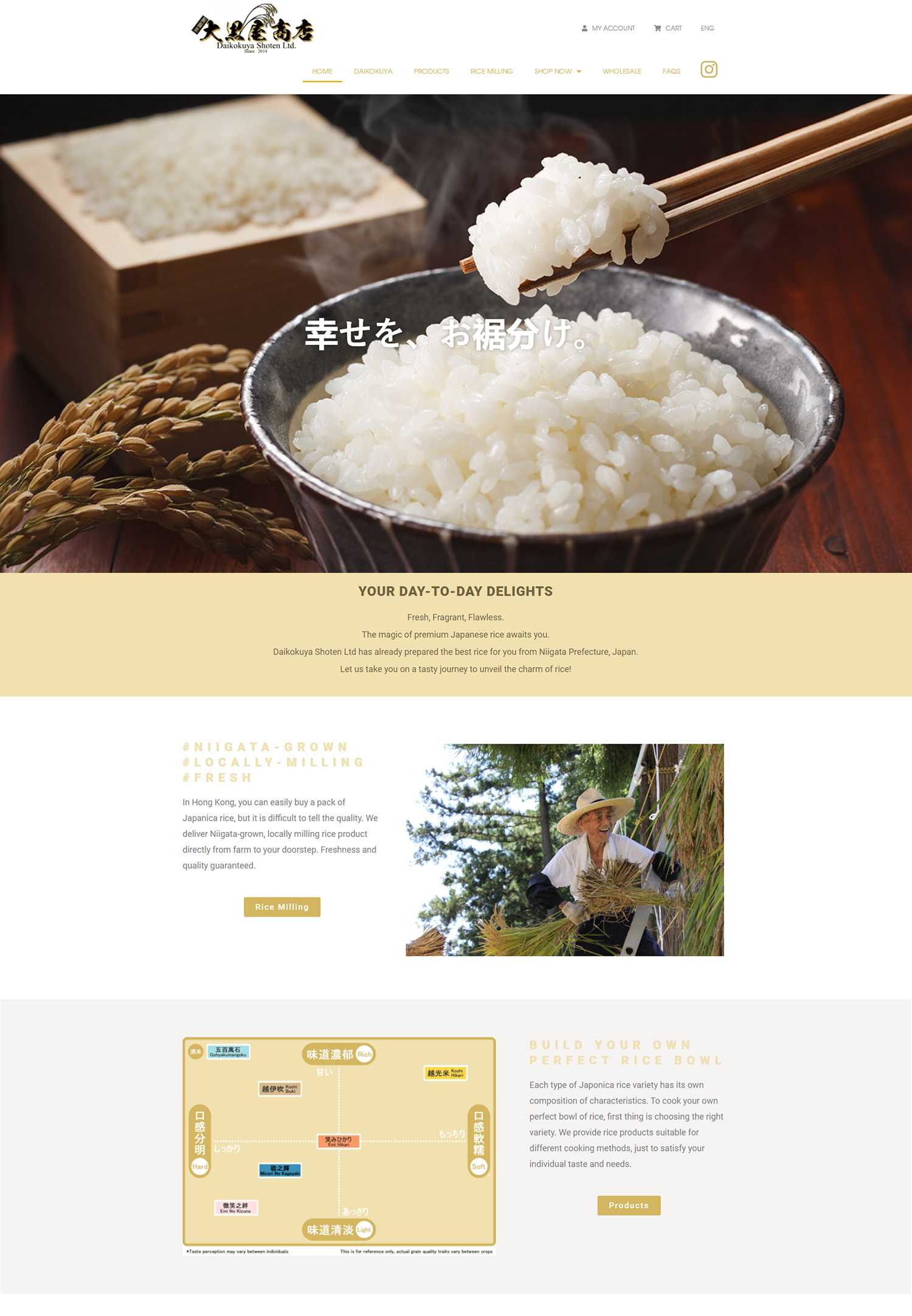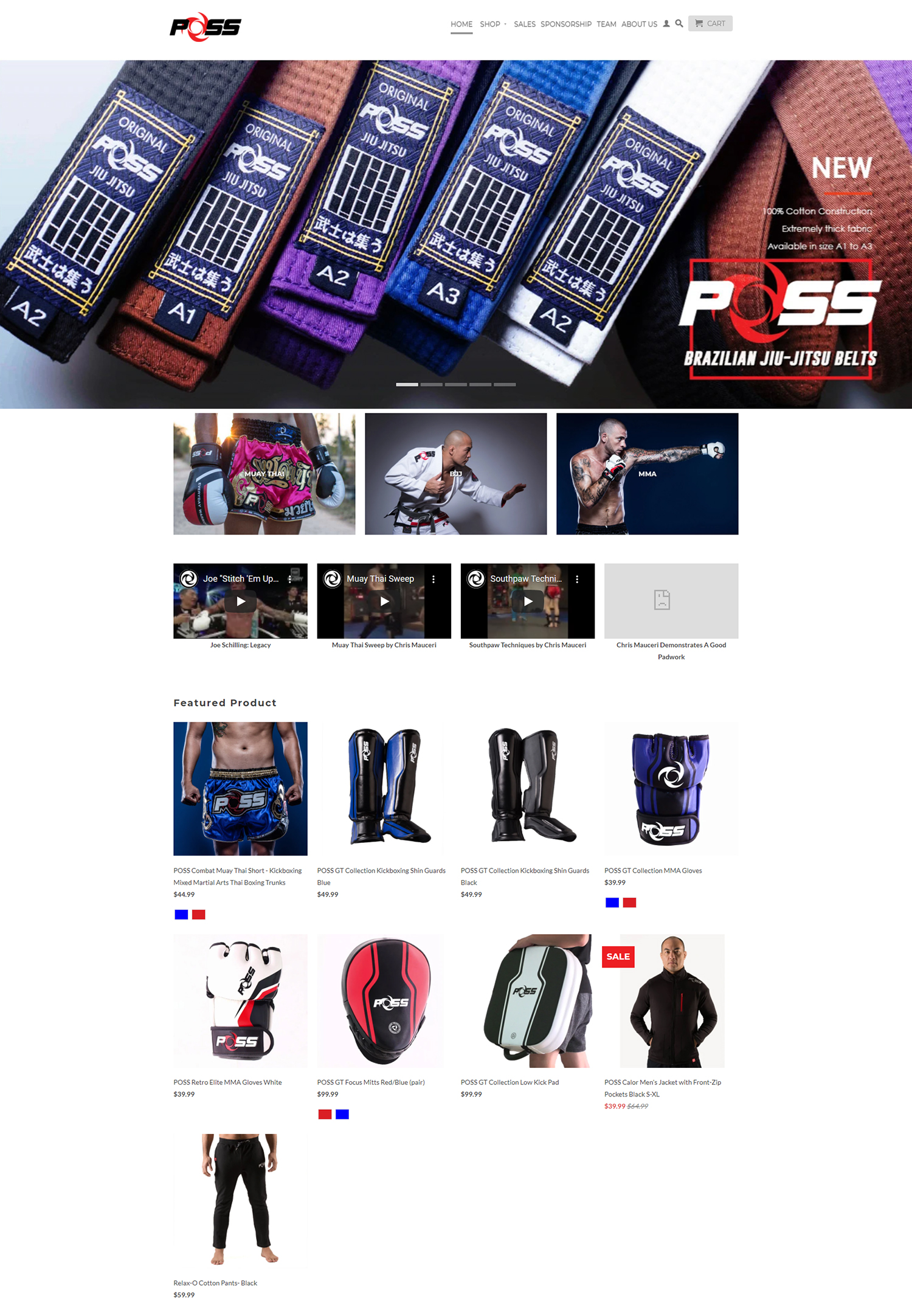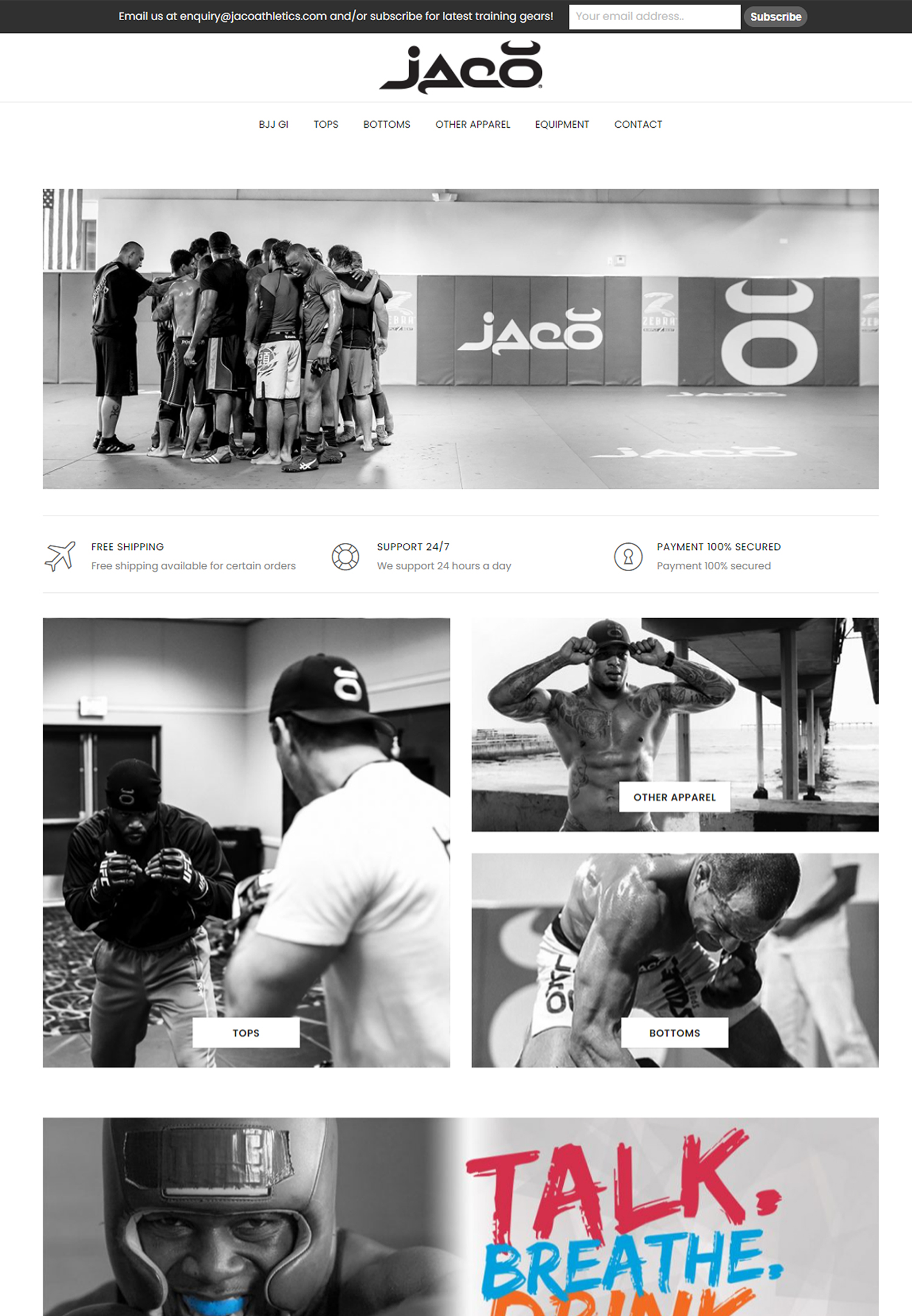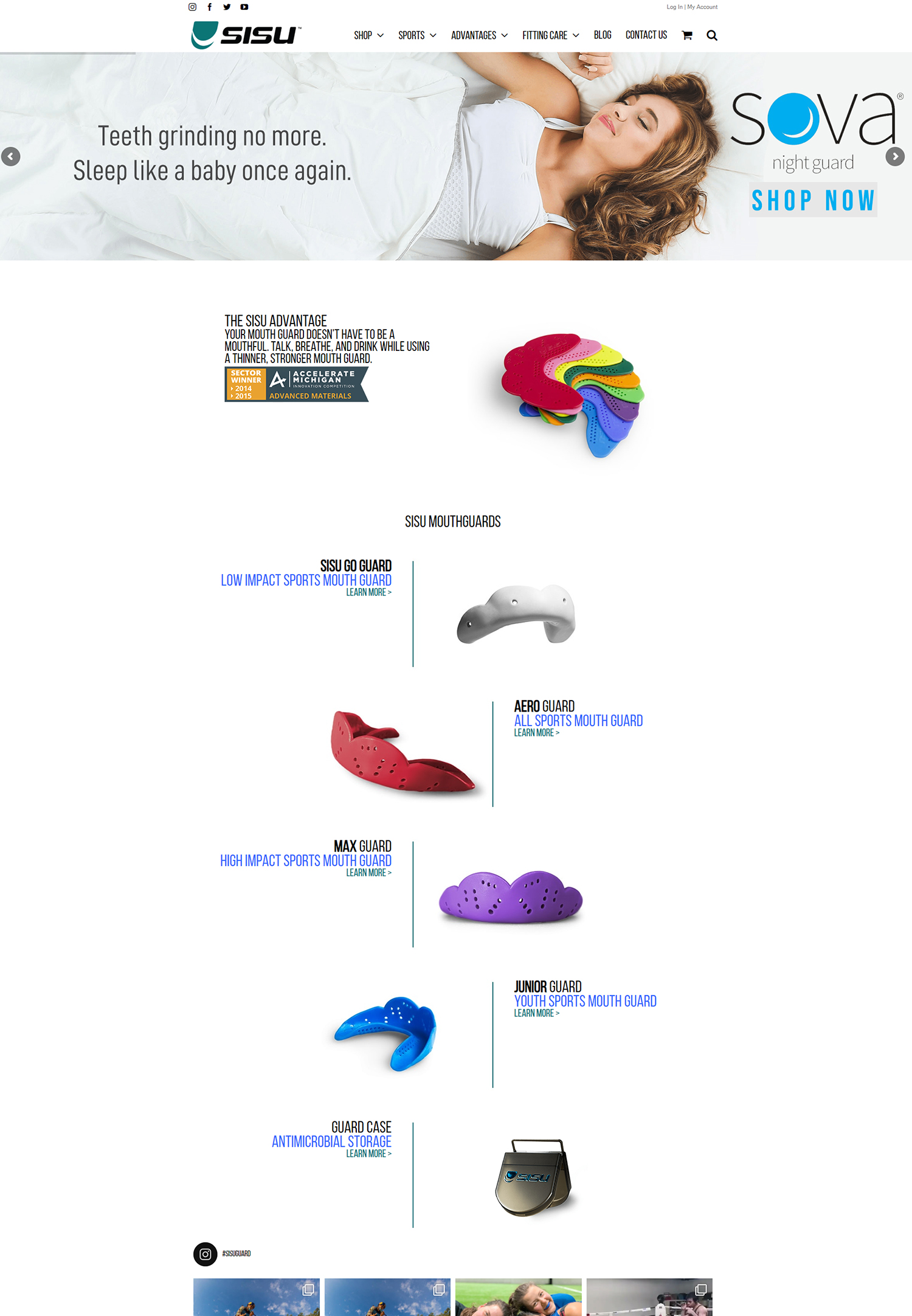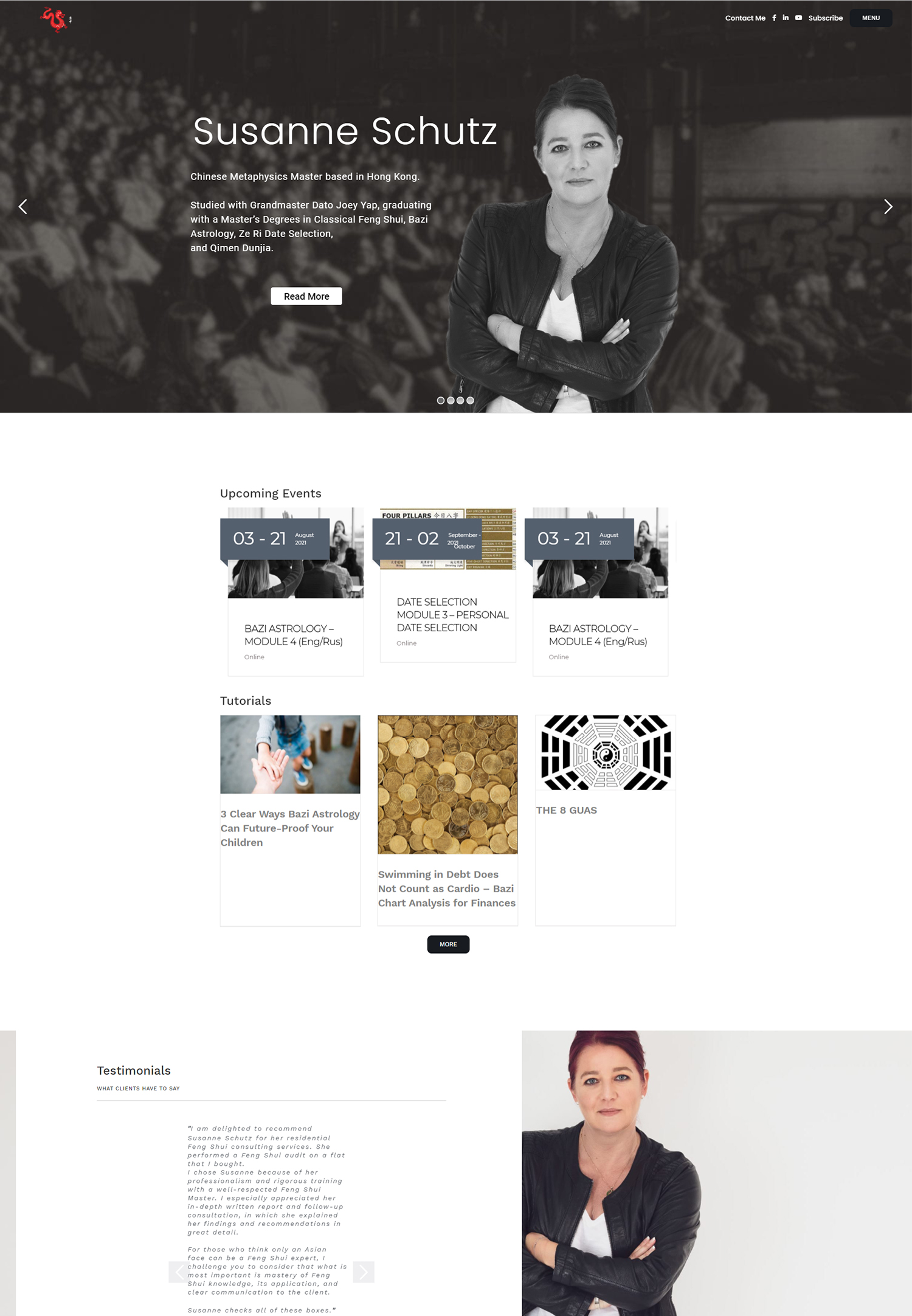In today’s digital age, mobile optimization has become increasingly important for businesses. With the majority of internet users accessing websites through their mobile devices, it is crucial for businesses to provide a seamless mobile experience. This article will explore the importance of mobile optimization and how responsive design plays a crucial role in enhancing the mobile experience.
Understanding the Importance of Mobile Optimization
Statistics show that mobile usage has surpassed desktop usage, with more than 50% of internet traffic coming from mobile devices. This shift in consumer behavior has significant implications for businesses. If a website is not optimized for mobile, it can lead to a poor user experience and ultimately result in lost customers.
Providing a seamless mobile experience is crucial for businesses to stay competitive in today’s market. Studies have shown that 57% of users will not recommend a business with a poorly designed mobile site, and 40% will go to a competitor’s site after a bad mobile experience. On the other hand, 61% of users are more likely to buy from a mobile-friendly site.
Why Responsive Design is Crucial for Mobile Experience
Responsive design is an approach to web design that makes web pages render well on a variety of devices and window or screen sizes. It ensures that the website adapts to the user’s device, whether it is a desktop computer, tablet, or smartphone.
One of the key benefits of using responsive design for mobile optimization is that it provides a consistent user experience across devices. With responsive design, businesses can ensure that their website looks and functions seamlessly on any device, eliminating the need for separate mobile and desktop versions of the site.
Responsive design also improves load times, which is crucial for mobile users who may have slower internet connections. By optimizing images and using efficient coding techniques, responsive design can significantly reduce load times and improve the overall user experience.
The Benefits of Responsive Design for Mobile Users
One of the main benefits of responsive design for mobile users is an improved user experience. Responsive design ensures that the website is easy to navigate and read on a smaller screen, with content and images automatically adjusting to fit the device. This eliminates the need for users to zoom in or scroll horizontally, making it easier and more enjoyable to browse the site.
Responsive design also provides consistency across devices. Users who switch between their desktop computer and mobile device will have a seamless experience, as the website will adapt to their screen size and resolution. This consistency builds trust and loyalty among users, as they know they can rely on the website to provide a consistent experience regardless of the device they are using.
Additionally, responsive design improves load times, which is crucial for mobile users who may have limited data plans or slower internet connections. By optimizing images and using efficient coding techniques, responsive design can significantly reduce load times, ensuring that users can access the website quickly and easily.
How Responsive Design Improves Mobile Navigation
Navigation is a crucial aspect of any website, and it becomes even more important on mobile devices where screen real estate is limited. Responsive design can improve mobile navigation by following best practices such as using a hamburger menu, keeping navigation elements simple and easy to tap, and prioritizing important content.
The hamburger menu, which consists of three horizontal lines stacked on top of each other, has become a standard navigation icon on mobile devices. When tapped, it reveals a hidden menu with navigation options. This allows businesses to keep their navigation clean and uncluttered, while still providing easy access to all pages of the website.
Keeping navigation elements simple and easy to tap is also crucial for mobile users. Buttons should be large enough to tap with a finger, and text links should have enough spacing between them to prevent accidental taps. By making navigation elements user-friendly, businesses can ensure that users can easily navigate through their website on any device.
Responsive design also allows businesses to prioritize important content on mobile devices. By rearranging and resizing elements, businesses can ensure that the most important information is easily accessible and visible on smaller screens. This improves the overall user experience and helps users find the information they need quickly and easily.
The Impact of Responsive Design on Mobile SEO
Mobile optimization is not just important for user experience, but also for search engine optimization (SEO). Google has made mobile-friendliness a ranking factor, meaning that websites that are not optimized for mobile may not rank as high in search engine results.
Having a mobile-friendly website is crucial for SEO because it improves the user experience. Google’s algorithm takes into account factors such as page load times, ease of navigation, and readability when determining search rankings. By using responsive design to optimize a website for mobile, businesses can improve these factors and increase their chances of ranking higher in search results.
Responsive design also helps with mobile SEO by eliminating the need for separate mobile and desktop versions of a website. Having multiple versions of a website can lead to duplicate content issues, which can negatively impact SEO. With responsive design, businesses can have a single website that adapts to any device, eliminating the risk of duplicate content.
The Role of Responsive Design in Mobile Conversion Rates
Conversion rates are a key metric for businesses, as they measure the percentage of visitors who take a desired action, such as making a purchase or filling out a form. Responsive design plays a crucial role in improving mobile conversion rates by providing a seamless user experience and making it easy for users to complete their desired actions.
One of the main ways responsive design improves conversion rates is by providing an improved user experience. When users have a positive experience on a website, they are more likely to trust the business and take the desired action. By using responsive design to optimize the website for mobile, businesses can ensure that users have a seamless experience regardless of the device they are using, increasing the likelihood of conversion.
Responsive design also improves conversion rates by making it easy for users to complete their desired actions. By optimizing forms and checkout processes for mobile, businesses can reduce friction and make it easier for users to complete their transactions. This can lead to higher conversion rates and increased revenue for businesses.
There are many examples of successful responsive design implementation that have led to improved conversion rates. For example, Airbnb saw a 30% increase in conversions after implementing responsive design, while Time Magazine saw a 26% increase in mobile page views and a 65% increase in mobile ad revenue.
Common Mistakes to Avoid in Mobile Optimization
While mobile optimization is crucial for businesses, there are common mistakes that many businesses make. One common mistake is not testing the website on different devices and screen sizes. It is important to ensure that the website looks and functions seamlessly on all devices, as users may be accessing the site from a variety of devices.
Another common mistake is not optimizing images for mobile. Large images can slow down load times and make the website difficult to navigate on mobile devices. By optimizing images for mobile, businesses can improve load times and provide a better user experience.
Businesses should also avoid using pop-ups on mobile devices, as they can be intrusive and difficult to close on smaller screens. Instead, businesses should use alternative methods such as slide-ins or banners to display important information or promotions.
Best Practices for Implementing Responsive Design
Implementing responsive design requires careful planning and execution. Here are some best practices to consider when implementing responsive design for mobile optimization:
1. Prioritize content: Identify the most important content and make sure it is easily accessible and visible on smaller screens.
2. Optimize images: Resize and compress images to reduce load times without sacrificing quality.
3. Use a mobile-first approach: Design the website with mobile users in mind first, then scale up for larger screens.
4. Test on different devices: Make sure the website looks and functions seamlessly on a variety of devices and screen sizes.
5. Keep navigation simple: Use a hamburger menu and keep navigation elements simple and easy to tap.
6. Optimize forms and checkout processes: Make it easy for users to complete their desired actions by optimizing forms and checkout processes for mobile.
The Future of Mobile Optimization: Trends and Predictions
Mobile optimization is an ever-evolving field, and there are several emerging trends that businesses should be aware of. One trend is the rise of voice search, with more users using voice assistants such as Siri and Alexa to search the internet. Businesses should optimize their websites for voice search by using natural language keywords and providing concise answers to common questions.
Another trend is the increasing use of mobile apps. While responsive design is crucial for mobile optimization, businesses should also consider developing a mobile app to provide an even more seamless user experience. Mobile apps can offer additional features and functionality that may not be possible with a responsive website.
Predictions for the future of mobile optimization include the continued growth of mobile usage, with more users accessing the internet through their mobile devices. This means that businesses will need to prioritize mobile optimization to stay competitive in the market.
Measuring the Success of Responsive Design in Mobile Optimization
Measuring the success of responsive design in mobile optimization requires tracking key metrics. Some metrics to consider include:
1. Bounce rate: The percentage of visitors who leave the website after viewing only one page. A high bounce rate may indicate a poor user experience on mobile devices.
2. Conversion rate: The percentage of visitors who take a desired action, such as making a purchase or filling out a form. A higher conversion rate indicates that the website is effectively optimized for mobile.
3. Page load times: The time it takes for a page to load on a mobile device. Faster load times indicate a better user experience and can lead to higher conversion rates.
4. Mobile traffic: The percentage of website traffic that comes from mobile devices. Increasing mobile traffic indicates that the website is effectively optimized for mobile.
In conclusion, mobile optimization is crucial for businesses in today’s digital age. With the majority of internet users accessing websites through their mobile devices, it is important for businesses to provide a seamless mobile experience. Responsive design plays a crucial role in enhancing the mobile experience by providing a consistent user experience, improving load times, and optimizing navigation.
By implementing responsive design and following best practices, businesses can improve the user experience, increase conversion rates, and stay competitive in the market. As mobile usage continues to grow, businesses must prioritize mobile optimization to ensure their success in the future.
If you’re looking to optimize your website for mobile devices, you may also be interested in learning about the benefits of responsive design for mobile optimization. Responsive design ensures that your website adapts and displays properly on different screen sizes, providing a seamless user experience across devices. To delve deeper into this topic, check out this informative article on populisdigital.com.
FAQs
What is responsive design?
Responsive design is a web design approach that allows websites to adapt to different screen sizes and devices, providing an optimal viewing experience for users.
Why is responsive design important for mobile optimization?
Responsive design is important for mobile optimization because it ensures that websites are easily accessible and usable on mobile devices, which have smaller screens and different capabilities than desktop computers.
What are the benefits of using responsive design for mobile optimization?
The benefits of using responsive design for mobile optimization include improved user experience, increased mobile traffic, better search engine rankings, and reduced development and maintenance costs.
How does responsive design work?
Responsive design works by using flexible layouts, images, and media queries to adjust the size and layout of a website based on the screen size and device type of the user.
What are some best practices for implementing responsive design?
Some best practices for implementing responsive design include using a mobile-first approach, optimizing images and media, using fluid grids and flexible layouts, and testing across multiple devices and screen sizes.
What are some common challenges of implementing responsive design?
Some common challenges of implementing responsive design include dealing with legacy code and outdated technologies, managing complex layouts and content, and ensuring cross-browser compatibility and performance.






